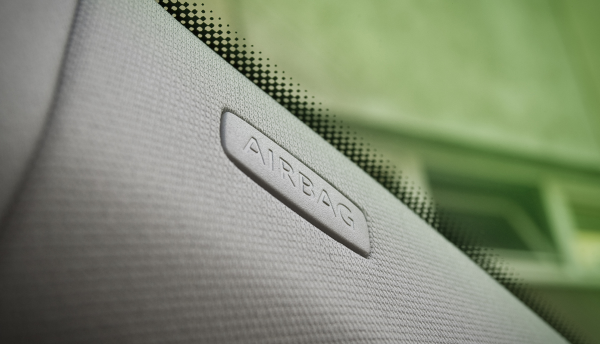
EDITORIAL – American Axle increases powertrain portfolio with Metaldyne acquisition
The acquisition will help the company reduce its dependence on GM and strengthen its business in Europe and Asia
In a major diversification move, Detroit-based auto part supplier American Axle Manufacturing (AAM) has announced it is acquiring engine part maker Metaldyne Performance Group (MPG) for USD1.6 billion. The deal also includes the assumption of USD1.7 billion in Metaldyne debt, making the effective acquisition price to USD3.3 billion.
The combined entity is expected to have a revenue of USD7 billion and EBITDA of USD1.2 billion, making it one of the biggest auto component makers in North America, along with BorgWarner and Dana. AAM has also highlighted the cash flow of USD400 million as one of the positives to come from the acquisition.
Reducing risks
AAM said that one of the reasons for the acquisition is to spread risk with regard to customers, product segments and region. AAM was spun out of General Motors (GM) in 1994 but its dependence on the American automaker continues to be significant. Currently, nearly 66% of the total revenue comes from GM. However, with the new development, AAM hopes this will come down to 32% by 2020 from 41% in 2015.
Going forward, the company will have four business units; driveline, metal forming, powertrain, and casting. Its driveline business – which will include rear and front wheel axles, rear drive modules, electric drive units, transfer cases, etc – will be the biggest revenue generator with close to USD3.3 billion in sales. The metal forming, powertrain, and casting units are expected to contribute USD1.6 billion, USD1.1 billion and USD900 million, respectively.
The acquisition will help AAM gain a larger foothold in the engine and transmission segment, which contribute just 8% to the revenue at present. Pro forma, this figure is 20% and the overall reliance on axles and driveshafts will come down from 87% to just 49%. Metaldyne’s portfolio includes 54% engine and transmission products and rest is suspension and driveline products.
The challenges
This new focus area for AAM could prove quite a challenge, given the huge technological changes taking place in the engine and transmission segments. The stricter emission and fuel efficiency standards mean automakers and their suppliers are to invest in new technologies at a higher rate than ever. AAM could find itself in a spot where it has a smaller decision making time in a relatively new segment.
Many established players are speaking of the difficulties of transitioning towards hybridization and electrification of powertrains. But AAM management feels that internal combustion engines (ICE) still have a long way to go and that they have expertise to meet any challenges arising in the segment. “First and foremost, ICE is going to be the powerplant for years to come. Hybridization and electrification, no doubt will play an important role in the future but I think what we are looking right now is to leverage the core competency we have in ICE technology and driveline capability. We are well positioned to cater to the future market in terms of hybridization and electrification as it evolves,” Christopher May, vice president and chief financial officer, AAM, said during the investors call.
Global mindset
With the acquisition, AAM is also hoping to significantly improve its presence in Europe and Asia. In 2015, sales were around USD120 million in Europe. The addition of Metaldyne’s sales increases this figure to USD470 million. In Asia, the jump is much more significant, from USD135 million to USD700 million. This could prove to be one of the most important factors in the next few years for the company.
While the final revenue and EBITDA figures look impressive, it also has to be noted that with the acquisition, AAM is also taking up a large debt; more than the value of the acquired company itself. The total debt will rise to 3.5 times (USD3.9 billion) AAM’s adjusted EBITDA. The company is confident that it will be able to halve the net leverage profile by 2019 (based on 2019 EBITDA estimate) funded by strong free cash flow generation.
Currently investors and stakeholders view this acquisition as expensive and with risk elements, as American Axle’s shares fell nearly 18% to USD13.68 after the deal was announced. MPG’s shares on the other hand rose 34% to USD19.20 in New York Stock Exchange trading, thanks to the nearly 52% premium on the unaffected stock price.
Srikant Jayanthan
Research Analyst, IHS Automotive
srikant.jayanthan@ihsmarkit.com








